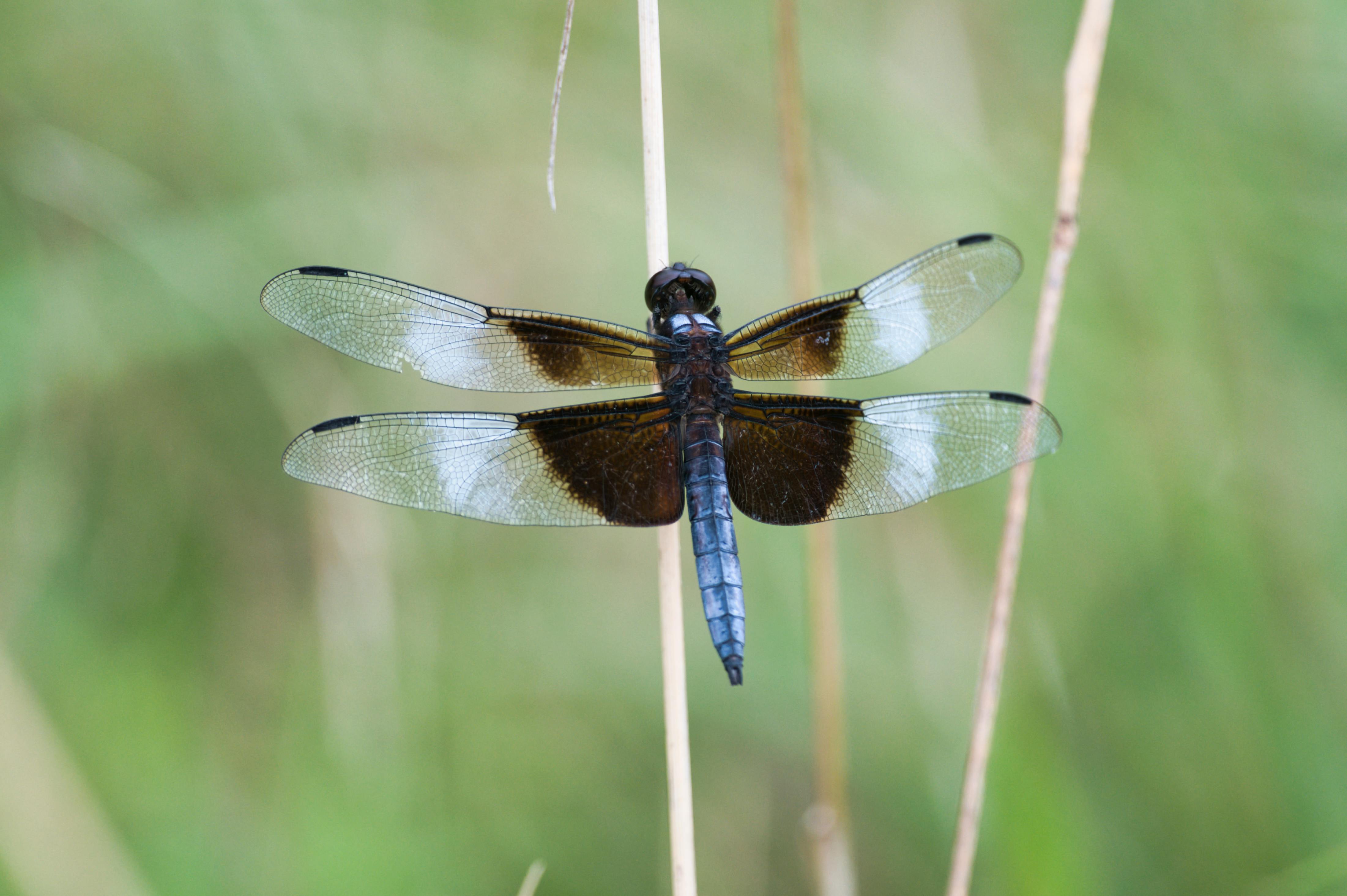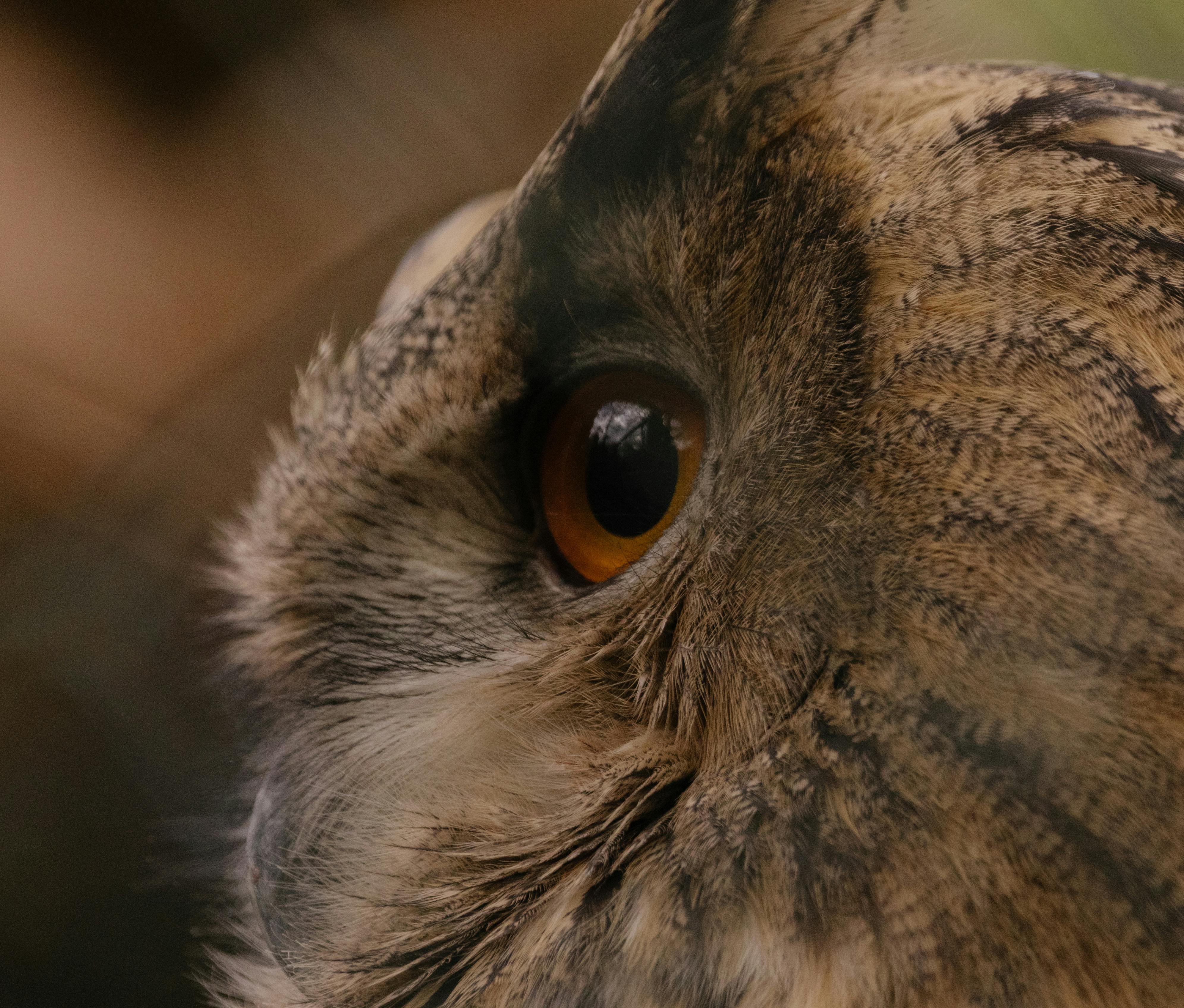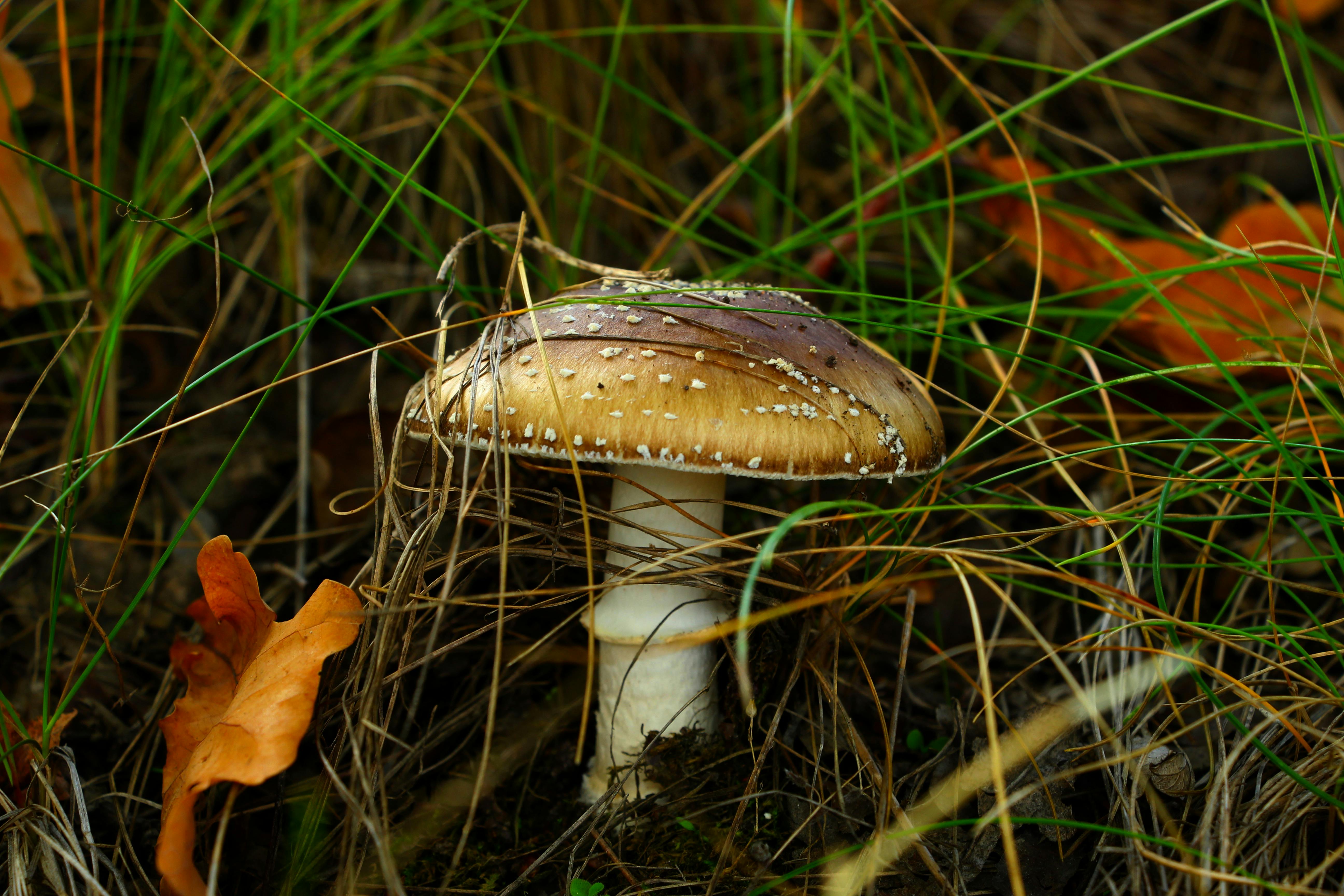Are you an adventurous nature enthusiast? Do you often find yourself exploring the great outdoors and wondering which plants are safe to eat? Look no further! In this article, we will provide you with essential tips and tricks for identifying safe-to-eat plants in the wild. Whether you are an experienced forager or a beginner, this guide will equip you with the knowledge to confidently differentiate between edible plants and potential dangers lurking in the wilderness. So, lace up your boots and embark on a journey of discovery as we delve into the fascinating world of wild edible plants.
Plant Identification Basics
Importance of plant identification
Plant identification is a fundamental skill for anyone interested in foraging or exploring nature. Being able to identify plants can help you determine whether they are safe to eat or have any toxic properties. It also allows you to appreciate the diversity of plant life around you and understand the ecological role of different species. Plus, who wouldn’t want to impress their friends with their knowledge of plants?
Common edible plants
One of the first steps in learning plant identification is familiarizing yourself with common edible plants. These plants can vary depending on your geographical region, but some examples include dandelion greens, wild berries, mushrooms, and various types of nuts. By learning about these common edible plants, you can start building a foundation for further exploration and foraging.
Understanding plant families
When it comes to identifying plants, understanding plant families can be incredibly helpful. Plants within the same family often share similar characteristics, which can make it easier to narrow down their identification. For example, members of the Asteraceae family, such as daisies and sunflowers, typically have composite flowers with tiny individual flowers in the center. Recognizing these patterns can assist you in narrowing down plant identification possibilities.
Using field guides
Field guides are an invaluable resource for plant identification. These books contain detailed information about various plant species, including their physical characteristics, habitat preferences, and edibility. Look for field guides specific to your region, as they will typically feature plants that are commonly found in your area. Having a field guide on hand while exploring can help you quickly identify plants and ensure you’re making safe choices.
Recognizing Edible Plant Characteristics
Distinctive features of edible plants
Edible plants often have distinctive features that can help you differentiate them from non-edible or toxic species. These features include recognizable leaf shapes, distinct flower or fruit characteristics, and even noticeable smells or tastes. Keep an eye out for these unique traits as you become more familiar with different edible plants.
Leaf shape and arrangement
Leaves come in a variety of shapes and arrangements, and these characteristics can provide valuable clues about a plant’s identity. Some edible plants, like mint, have leaves that are toothed and oppositely arranged on the stem. Others, like ferns, have feathery, compound leaves. By paying attention to leaf shape and arrangement, you can better narrow down the potential identification of a plant.
Flower and fruit characteristics
Flowers and fruits are often unique identifiers for plant species. Some edible plants, such as blackberries and apples, have characteristic flowers and fruits that are easily recognizable. Pay attention to the color, shape, and size of these features to help you identify edible plants confidently.
Smell and taste cues
In some cases, a plant’s smell or taste can provide additional guidance in identifying its edibility. However, it’s important to exercise caution when using these cues alone, as some toxic plants may also have pleasant smells or tastes. Use smell and taste as additional tools in your plant identification process, but always rely on other characteristics and reliable sources for confirmation.

Avoiding Toxic Plants
Major plant toxins to watch out for
While it’s exciting to explore edible plants, it’s crucial to understand and avoid plants with toxic properties. Some common plant toxins include cyanogenic glycosides, which can release cyanide when ingested, and alkaloids, which can have hallucinogenic or poisonous effects. Understanding these toxins and their effects is essential for your safety.
Identifying common toxic plants
Familiarize yourself with common toxic plants in your region to avoid accidental consumption. Some examples include poison ivy, belladonna, and water hemlock. Learn to recognize their distinctive features and understand the potential health risks associated with their ingestion. Always err on the side of caution if you are unsure about a plant’s edibility.
Signs of potential toxicity
Some plants may exhibit signs that hint at their potential toxicity. These signs can include bitter tastes, strong odors, or warning colors such as bright red or vibrant blue. If you encounter plants with these characteristics, it’s best to avoid consuming them and consult reliable resources or experts to confirm their safety.
Dangers of misidentification
Misidentifying plants can have serious consequences. Consuming toxic plants can lead to mild to severe symptoms, ranging from stomach upset and skin irritations to organ damage or even death in extreme cases. Therefore, it is essential to invest time and effort in learning to accurately identify plants before considering them for consumption.
Assessing Plant Habitats
Understanding plant habitats
Plants have specific habitat preferences that can aid in identification. Some plants thrive in moist, shady areas, while others prefer dry, sunny environments. Understanding the types of habitats where different plants grow can help narrow down the possibilities when trying to identify them. Consider factors such as soil conditions, elevation, and sunlight exposure to gain insight into a plant’s habitat preferences.
Differentiating between wild and cultivated plants
When foraging for edible plants, it’s crucial to differentiate between wild plants and cultivated ones. Cultivated plants are intentionally grown by humans and may have undergone genetic modifications or been treated with pesticides. While some cultivated plants are safe to consume, others may pose health risks if consumed directly from the wild. Research and confirm the origin of the plants you come across to ensure safe foraging.
Identifying clean water sources
Water is vital for survival, and when foraging for edible plants, it’s essential to consider the quality of nearby water sources. Plants growing near contaminated water may absorb pollutants, making them unsafe for consumption. Stay away from plants growing near industrial areas, highways, or bodies of water that are known to be polluted.
Avoiding contaminated areas
Similar to avoiding plants near polluted water sources, it’s important to take note of the surrounding environment when foraging. Plants growing near chemical factories, waste disposal sites, or heavily trafficked roads may be exposed to harmful substances. To ensure the safety of the plants you consume, avoid picking them from contaminated areas.

Seasonal Considerations
Plant availability by season
Plant availability varies throughout the year, and understanding seasonal patterns can enhance your foraging experience. Different plants thrive during specific seasons, so it’s important to familiarize yourself with the growth patterns of edible plants in your region. This knowledge allows you to plan your foraging outings accordingly.
Recognizing plant growth patterns
Plants follow distinct growth patterns, which can be categorized as annuals, biennials, or perennials. Annual plants complete their life cycle within one year, while biennials take two and perennials continue to grow year after year. Understanding these growth patterns helps you anticipate when and where different plants will emerge, making identification easier.
Identifying edible winter plants
Winter doesn’t necessarily mean a lack of edible plants. Some species, such as pine needles, wintergreen, and wild garlic, thrive during colder months. By identifying and learning about these winter survivors, you can continue your foraging adventures even during the colder seasons.
Spring and summer foraging tips
Spring and summer are abundant with edible plant options. During these seasons, plants like wild strawberries, dandelions, and purslane are often at their peak. Take advantage of the warmer months to explore and forage for a wide variety of nutritious and flavorful plants.
Testing for Edibility
Performing a skin contact test
Before consuming an unfamiliar plant, it’s wise to start with a skin contact test. Simply rub a small part of the plant on your skin, preferably on your forearm. Wait for several hours, or even up to 24 hours, to see if any redness, itching, or other adverse skin reactions occur. If no reactions are observed, proceed to the next step of testing for edibility.
Conducting a smell test
The smell test involves crushing or bruising a small part of the plant and inhaling its aroma. Some edible plants have distinct smells that indicate their edibility. For instance, wild onions often have a strong onion smell. However, it’s important to note that a pleasant smell does not guarantee edibility, as some toxic plants can also have enticing aromas.
Sample size considerations
When testing a plant for edibility, it’s essential to start with a small sample and gradually increase the quantity if no adverse reactions occur. This precaution allows your body to adjust to the plant’s unique compounds, minimizing the risk of an unexpected adverse reaction. Be patient and cautious when introducing new plants to your diet.
Gradual consumption approach
Even if a plant passes the initial skin contact and smell tests, it’s still recommended to consume it gradually and in small amounts. Some people may have individual sensitivities or allergies to certain plants, making it important to monitor your body’s response when incorporating new plants into your diet. If any adverse symptoms develop, discontinue consumption and seek medical advice if necessary.

Edible Plants by Geographic Region
Common edible plants in North America
North America is home to a wide array of edible plants, including purslane, lamb’s quarters, wild blackberries, and more. Each region within North America may have its unique edible plant species, so it’s advisable to refer to field guides specific to your area or consult local experts for reliable information.
Edible plants in Europe and Asia
Europe and Asia have their own rich traditions of foraging for edible plants. In Europe, common edible plants include nettles, elderflowers, and ramsons. In Asia, bamboo shoots, ginkgo nuts, and bok choy are among the many plant species used in traditional cuisines. As with other regions, it’s important to consult local resources for accurate and region-specific information.
Native edible plants in Africa
Africa boasts a diverse range of flora, including various edible plant species. Examples of native edible plants in Africa include moringa, baobab, and amaranth. Explore traditional African recipes to discover hidden culinary treasures and learn more about the continent’s rich edible plant diversity.
Indigenous edible plants in Australia
Australia is known for its unique and sometimes challenging environment, but it is also home to a variety of edible plants. Bush tomato, quandong, and wattleseed are indigenous Australian plants that have been used in Aboriginal cuisine for generations. Remember to respect local communities and their cultural practices when foraging in Australia.
Ethical Wild Harvesting
Sustainable foraging practices
When foraging for edible plants, it’s crucial to practice sustainability to avoid overharvesting and damaging ecosystems. Only take what you need and leave a sufficient amount for the survival of the plant population. Be mindful of rare or endangered plants and avoid harvesting them altogether.
Avoiding overharvesting
Overharvesting can deplete plant populations and disrupt natural ecosystems. To avoid this, follow the principles of sustainable foraging. Spread out your foraging activities to different locations to reduce the impact on individual plant populations, and consider replanting seeds or propagating plants to help replenish the areas you harvest from.
Respecting wildlife habitats
Foraging is not just about plants; it involves interacting with the entire ecosystem. Respect wildlife habitats by minimizing your disturbance to animal habitats while foraging. Avoid damaging nests, burrows, or dens, and be aware of the potential impact your presence can have on local wildlife.
Giving back to the ecosystem
As a forager, you have the opportunity to give back to the ecosystem. Consider volunteering for habitat restoration projects, participating in local conservation efforts, or educating others about sustainable foraging practices. By being an active steward of the environment, you can help preserve the natural resources that provide us with nourishing edible plants.
Cautions and Considerations
Potential allergic reactions
While many edible plants are safe for consumption, it’s important to be aware of potential allergic reactions. Some individuals may have sensitivities or allergies to certain plants, even if those plants are commonly consumed. If you experience any adverse symptoms after consuming a new plant, seek medical attention and discontinue its consumption.
Avoiding plants near polluted areas
Plants growing near polluted areas, such as factories or heavily trafficked roads, can absorb pollutants and become unsafe for consumption. These plants may contain heavy metals, chemicals, or other harmful substances. Always forage in clean, unpolluted areas to ensure the safety of the plants you gather.
Parasites and diseases
Plants in the wild may harbor parasites or diseases that can be harmful or even fatal if consumed. Properly wash and clean foraged plants before eating them or cooking. This precaution helps reduce the risk of ingesting any harmful organisms that may be present.
Safe food preparation and cooking methods
Even when you’re confident in the edibility of a plant, it’s still important to prepare and cook it properly. Certain plants may contain toxins that can be eliminated or reduced through cooking. Additionally, cooking can enhance the flavor and texture of many edible plants. Follow recommended cooking methods to ensure maximum safety and enjoyment.
Resources for Further Learning
Recommended books and field guides
There is an abundance of books and field guides available to help you deepen your knowledge of plant identification and foraging. Some highly recommended titles include “The Forager’s Harvest” by Samuel Thayer, “A Field Guide to Edible Wild Plants” by Lee Allen Peterson, and “Botany in a Day” by Thomas J. Elpel. These resources provide detailed information and illustrations to aid in your plant identification journey.
Expert foraging websites and blogs
The internet is a treasure trove of valuable information, and numerous websites and blogs dedicated to foraging can assist your learning journey. Websites like Eat the Weeds, Forager Chef, and Learn Your Land provide reliable information, identification tips, and recipes for foraged food. Always cross-reference information to ensure accuracy and safety.
Wilderness survival courses
For those seeking a more immersive and hands-on learning experience, wilderness survival courses can be a great option. These courses often include instruction on plant identification, foraging techniques, and safe practices in the wild. Look for reputable organizations or instructors in your area who offer wilderness survival or foraging courses.
Local foraging groups and workshops
Joining local foraging groups or participating in workshops is an excellent way to connect with like-minded individuals and learn from experienced foragers. These groups often organize foraging outings, where you can explore nature together, share knowledge, and gain practical experience. Local botanical gardens, environmental organizations, or community centers may offer workshops or be able to connect you with relevant groups.
By following these plant identification basics and learning about edible plants in your region, you can embark on a safe, rewarding, and sustainable foraging journey. Remember to always exercise caution, respect the environment, and continuously deepen your knowledge to ensure a positive and enriching experience. Happy foraging!





